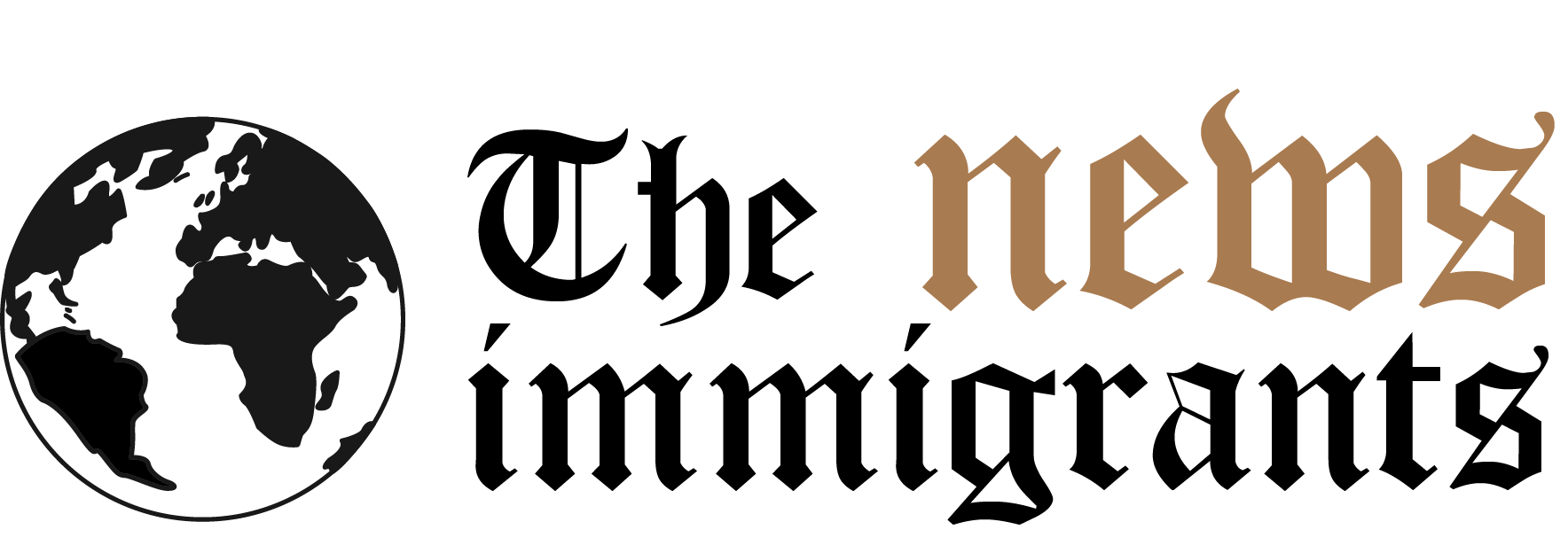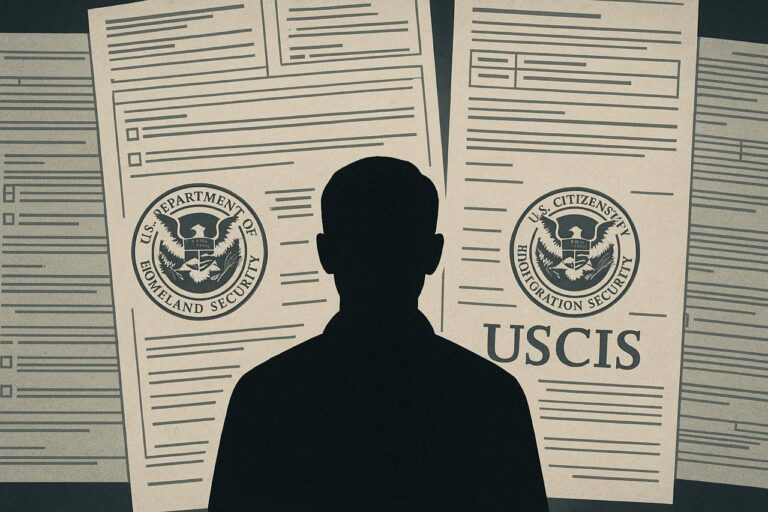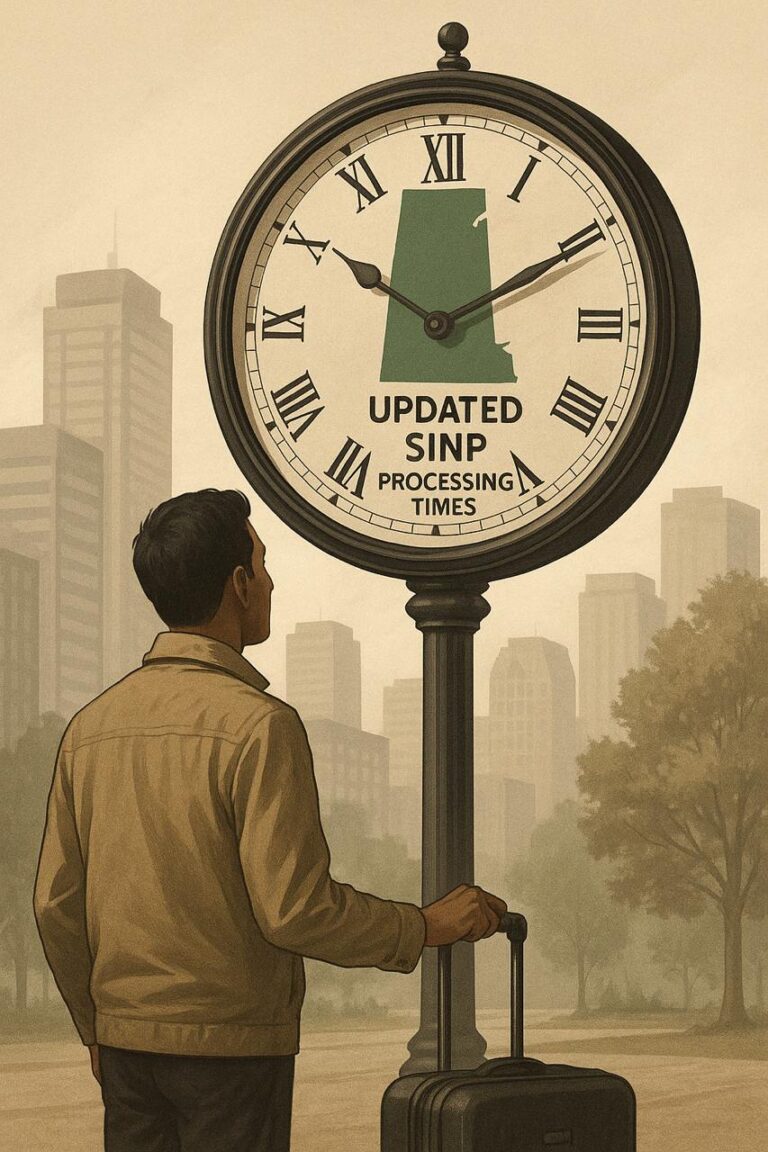Key Takeaways of Project 2025
- Significant Shift in U.S. Governance: Project 2025 aims to consolidate presidential power, reshape federal agencies, and prioritize conservative values across multiple policy areas.
- Immigration Policy Overhaul: The plan proposes stringent immigration controls, including accelerated deportations, asylum limitations, and expanded authority for the Department of Homeland Security (DHS) to suspend immigration laws during “mass migration events.”
- Potential Impact on U.S. Global Image: The policies could alter the United States’ reputation as a refuge and raise questions about its commitment to international human rights.
Project 2025, developed by the Heritage Foundation, is a bold vision for transforming the federal government should a conservative administration take office in 2025. Spanning over a thousand pages, the initiative details a roadmap to streamline government operations, restructure federal agencies, and enhance presidential authority. Although Donald Trump is not officially behind the project, its ideological base aligns closely with his policy goals, and key figures from his previous administration contributed to the document.
Immigration Policy Reform: Stringent Controls and New Barriers
One of the central elements of Project 2025 is its redefined approach to U.S. immigration policy. With a heavy emphasis on border security, the initiative seeks to strengthen DHS’s powers and reduce pathways to residency and asylum.
- Expanded Authority for DHS Secretary
The plan proposes granting the DHS Secretary broad powers to suspend immigration laws in cases of “mass migration events.” This approach could set a precedent for using executive authority to manage border situations. Critics argue that without clear criteria, this measure could become a tool for restricting entry indefinitely, undermining the stability of longstanding immigration policies. - Accelerated Deportation Processes
Project 2025 also outlines a framework for expanding fast-track deportations, curtailing immigrants’ rights to challenge removal orders. For proponents, this promises a streamlined, efficient system to manage undocumented immigrants. For detractors, however, it presents serious risks, including potential civil rights abuses and an increased risk of wrongful deportations. - Return of “Remain in Mexico” Policy and Restrictive Asylum Access
The proposal to reinstate the “Remain in Mexico” policy mandates that asylum seekers wait outside the U.S. while their cases are processed. This would limit access to legal support and resources, posing safety risks to individuals fleeing persecution. Such changes would likely deter asylum seekers but also raise ethical and legal concerns regarding U.S. international commitments.
Impact on the U.S. Global Image and Long-Term Effects
Should Project 2025 take effect, it would signify a dramatic departure from the United States’ long-held image as a sanctuary for immigrants. The enforcement of restrictive immigration measures and reduced asylum opportunities would create global ripples, questioning the U.S.’s commitment to its historic role as a protector of human rights and an advocate for the displaced.
Internationally, a conservative shift in U.S. immigration policy might encourage other countries to tighten their own immigration measures or reduce intake quotas, potentially creating a domino effect on global migration flows. Heightened border controls and rapid deportations could also lead to humanitarian concerns at the U.S.-Mexico border and diminish U.S. standing as a proponent of international human rights.
A New Era with Unforeseen Challenges
If implemented, Project 2025 would mark the beginning of a significant conservative shift in the American political landscape, aiming to fortify the government’s efficiency while realigning with “traditional American values.” For supporters, this vision presents an opportunity to address what they see as lax immigration controls and government inefficiency. Critics, however, warn of potential threats to civil liberties, a strain on international relations, and a departure from the country’s foundational democratic principles.
The core question remains: can the United States balance national security concerns with humanitarian commitments, or will these policies signal the start of a period of political and social isolation?










